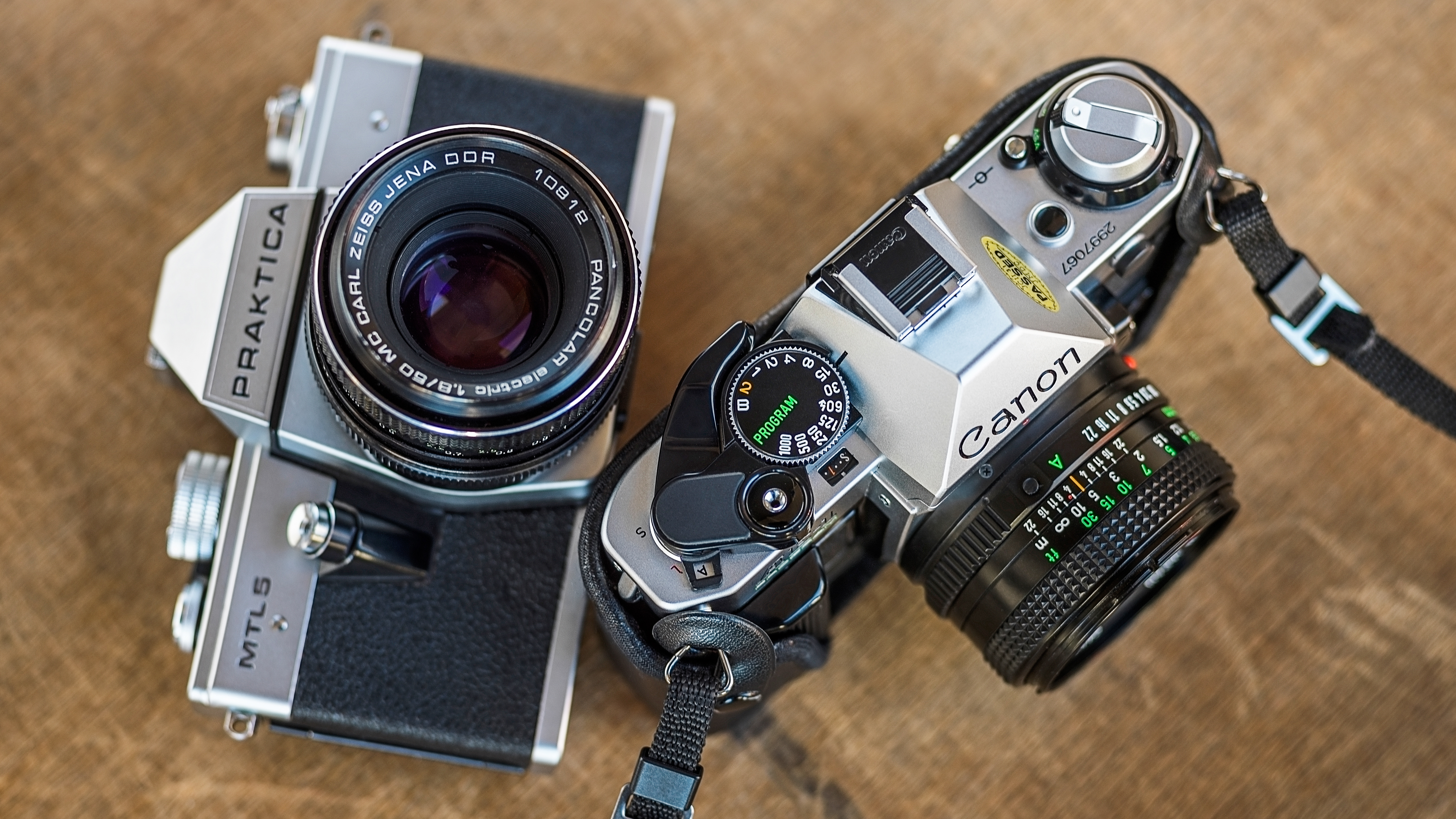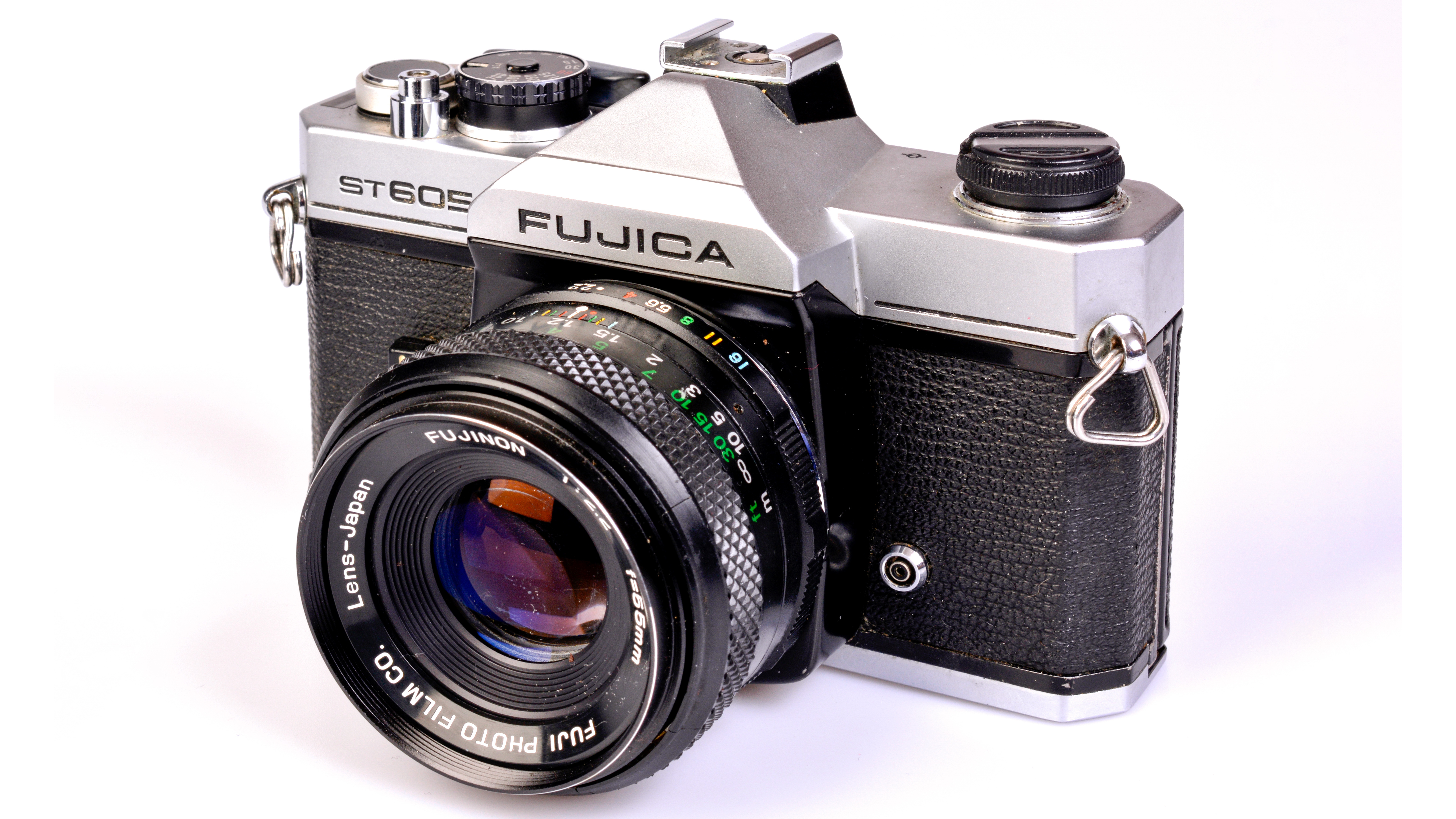
I'm old enough to remember when an entry-level camera was essentially the most basic model in a range. And, I mean basic with a capital 'B'. My first serious camera – purchased when I was in my early teens, with some financial assistance from my parents, was one of the most basic 35mm SLRs on the market at the time. The Praktica L2 didn’t even have a built-in exposure meter and, being made in the then East Germany, it was a bit of a clunker… but it did work.
When I upgraded a few years later it, was to the Fujica ST605, the entry-level model to the Fujica line-up of the 35mm SLRs in the late 1970s. The big deal for me was that it had built-in metering, but it was still a fully-mechanical, fully-manual camera.
Even as automation started taking over in 35mm SLRs, there were still always entry-level models so, for a time, there was a whole swag of bodies which had aperture-priority auto exposure control and nothing else, not even a manual mode.
Everything else was manual, of course, but these were the cameras that got a great many keen amateurs started in SLR photography… and, most likely, hooked on a brand which is why every camera-maker had one in the family. Consequently, in many ways, these models were more important than the top-end flagships and, most likely, were more profitable thanks to the volumes in which they sold. And, when you were ready to upgrade, there were pretty clearly-defined steps up the range and not every possible feature was thrown into every model… different combinations created the differentiations. Canon’s A-series line is a good example – it kicked off with the AE-1 in 1976, which, unusually for the time, offered shutter-priority auto exposure control alongside a manual mode. Then came the AT-1 (1977), which was mechanical and hence manual, but a couple of years later, you could have the AV-1 (1979), which only had aperture-priority.

In between was the A-1 which was the first 35mm SLR with a true ‘PASM’ set of exposure control modes (although this should be ‘PATM’ in Canon parlance). Program exposure control was added to the AE-1 in (1981), creating the AE-1 Program, and it was followed by the AL-1 (1982), which had one of the earliest electronic focus-assist systems, but notably, only aperture-priority auto exposure with only a selection of seven manually-selectable shutter speeds. Get this; despite having a pretty important piece of new camera tech, the AL-1 was still pretty much an entry-level model everywhere else… and the “Quick Focus” feature wasn’t available on any of the higher-end models, including the pro-level New F-1.
I’ve used Canon here for a number of reasons. For starters, the AE-1 was where I went after the Fujica, and then on to the AE-1P (although really lusting after an A-1 by that time).
Back to the present, and I’ve been marvelling at just what’s on offer with the EOS R5 Mark II which is typically Canon in terms of taking everything just that little bit further… something that essentially started with the A-1. It’s quite remarkable – even by current standards – just what the R5 II can do, and such an extensive feature set would have been pure fantasy back in the late 1970s, but at the Australian launch, Canon labeled it “aspirational,” which means, for some, it’s going to be their next upgrade. A price tag in the order of US$4,300 is a whole lot of aspiration, but at least Canon has made some effort at providing an affordable entry-point to the EOS R system.
Just as it was 45 years ago, you don’t get a lot, but you do get started and that’s getting much harder to do if you’re on a tighter budget. There are many reasons why entry-level is now really mid-level, but if we’re really trying to get people to move beyond their smartphones for photography, where are all the truly accessible mirrorless cameras that could convert them? For decades, cheaper models were the lifeblood of the 35mm SLR business and generated legions of enthusiasts who probably subsequently bought quite a few more expensive models, not to mention lenses and accessories. While the shift to a higher-value sales strategy is understandable in the light of what’s happened over the last decade or so, it’s ultimately not sustainable in the longer term… and it’s not good for photography in general. In helping to get somebody started in a lifetime of photography – like me, for example – a little can go a long, long way..







